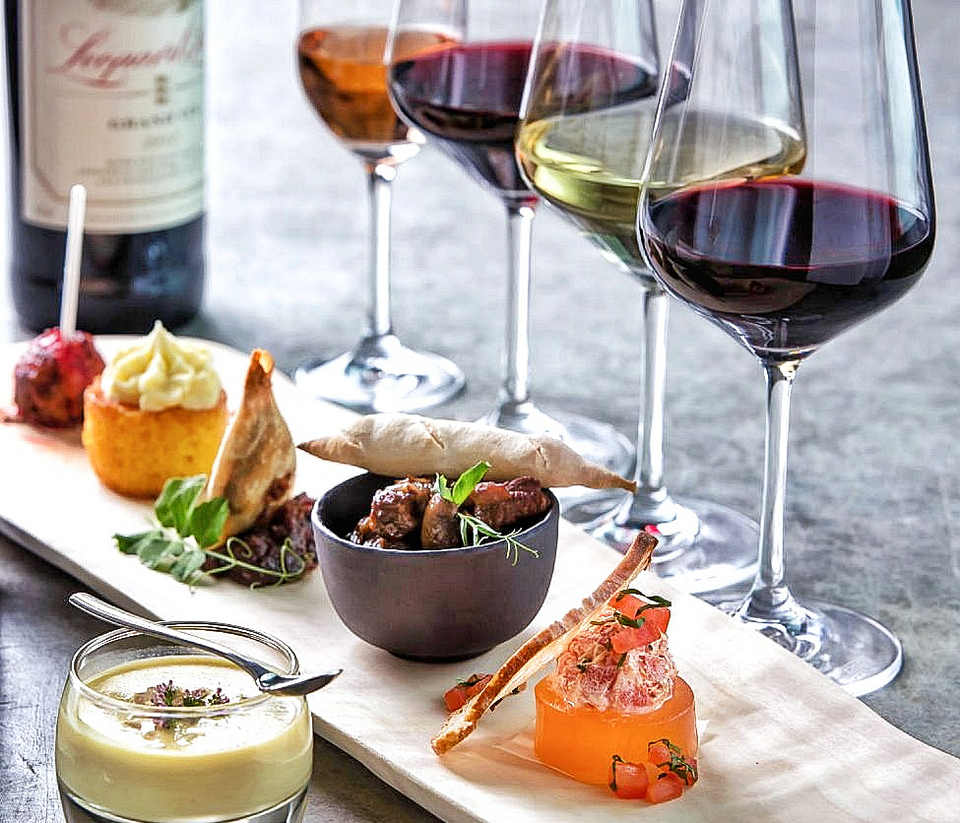How to Refine Your Palate: A Beginner’s Guide to Wine Tasting at Sommelier Valle

Wine tasting is more than just sipping wine—it’s about discovering the subtle nuances, aromas, and flavors that make each variety unique. At Sommelier Valley, we provide a welcoming environment for beginners and seasoned wine enthusiasts to explore their palates. This guide will help you unlock the art of wine tasting and enhance your appreciation for the finer details of every sip.
Step 1: Engage All Your Senses
Wine tasting is a multisensory experience. Here’s how to activate each sense for full appreciation:
- Sight: Examine the wine’s color, clarity, and viscosity. These elements provide hints about the wine’s age and grape variety.
- Smell: Swirl the wine gently and take a deep sniff. Try to identify aromas like fruits, spices, or earthy tones.
- Taste: Take a small sip and let it linger in your mouth. Notice the balance between sweetness, acidity, tannins, and alcohol.
- Touch: Consider the texture—light or full-bodied? Velvety or crisp?
Step 2: Learn Basic Flavor Profiles
Understanding the primary flavors in wine is essential for refining your palate:
- Sweet: Found in dessert wines and some whites like Riesling.
- Acidic: Common in crisp wines like Sauvignon Blanc.
- Tannins: A drying sensation in reds like Cabernet Sauvignon.
- Body: Light, medium, or full-bodied wines like Pinot Grigio or Shiraz.
Step 3: Take Notes During Tastings
Bring a notebook or use your phone to jot down impressions of each wine. Include:
- The wine’s name and vintage.
- Key flavors and aromas.
- Your personal rating (out of 10).
Over time, these notes will help you identify patterns and preferences.
Step 4: Attend Guided Tastings
At Sommelier Valley, our guided tastings are designed to enhance your skills. Trained sommeliers will walk you through each step, teaching you how to identify complex flavors and appreciate different wine styles.
Step 5: Expand Your Tasting Experience
Don’t limit yourself to one type of wine. Try new varieties, regions, and blends. Ask questions during tastings to deepen your understanding of winemaking techniques and grape cultivation.

Bonus Tips for Beginners
- Start with Whites: White wines tend to be less complex and are a great starting point for beginners
- Stay Hydrated: Water cleanses your palate between tastings.
- Use a Spit Cup: It’s perfectly fine to spit during a tasting to avoid overconsumption.
- Pair with Food: Experiment with food and wine pairings to understand how flavors complement each other.
Conclusion
Refining your palate is a rewarding journey that deepens your appreciation for wine. At Sommelier Valley, we’re here to guide you every step of the way. From guided tastings to live events, our aim is to make wine exploration enjoyable for everyone. Join us and discover the world of wine in a whole new way!
Ready to begin your wine-tasting adventure? Visit Sommelier Valley today and immerse yourself in a world of flavors! Reserve your spot for a guided tasting or explore our upcoming events.
This blog combines actionable tips with engaging insights, positioning Sommelier Valley as the go-to destination for wine lovers.

Frequently Asked Questions (FAQs)
1. What is the proper way to taste wine?
Begin by observing the wine’s color, then swirl it to release aromas. Smell deeply and take a sip, allowing the wine to coat your tongue. Focus on the flavors, texture, and aftertaste.
2. How can I develop a better wine palate?
Practice regularly by tasting a variety of wines and paying close attention to aromas and flavors. Attend guided tastings to learn from experts.
3. Should I swallow or spit wine during a tasting?
Spitting is common and encouraged during tastings, especially when sampling multiple wines. It allows you to fully evaluate the wine without overconsumption.
4. How do I identify different flavors in wine?
Focus on key flavor groups such as fruits, spices, and earthy tones. Practice smelling and tasting with the intention of recognizing specific notes.
5. Is it necessary to aerate wine before tasting it?
Aerating, or letting the wine breathe, enhances flavors in reds and some whites. Use a decanter or swirl the wine in your glass for a similar effect.
